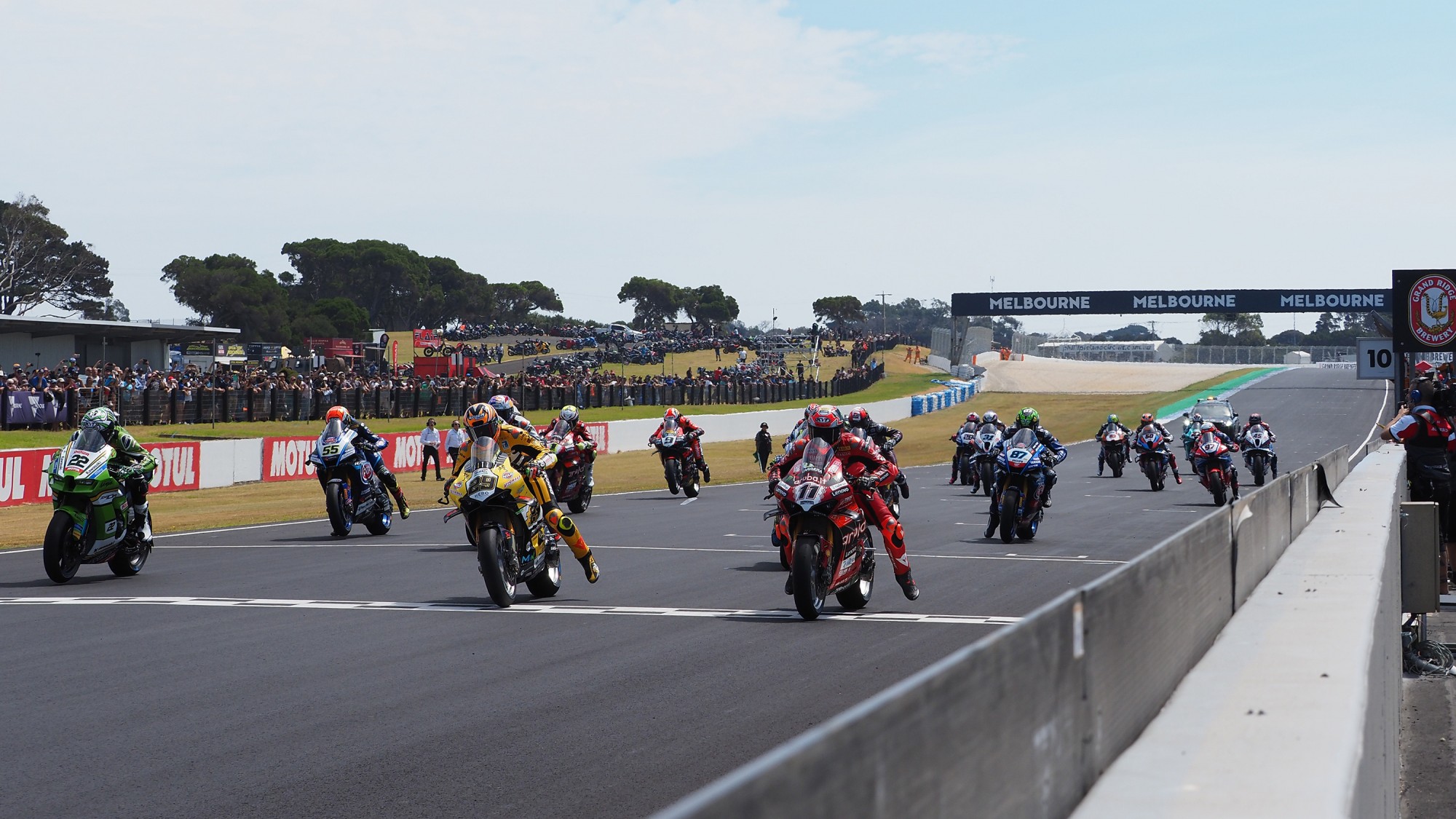Why the Valkyrie Hypercar is worth the (very long) wait
For the 2025 FIA WEC season, which gets underway later this month in Qatar, the big headline addition to the field is the pair of Aston (...)

For the 2025 FIA WEC season, which gets underway later this month in Qatar, the big headline addition to the field is the pair of Aston Martin Valkyrie AMR-LMHs in Hypercar. It’s one of the most hotly-anticipated program debuts of recent times for several reasons, but principally because it’s been five years in the making.
The original Valkyrie program was set to debut back in 2020 after Aston Martin became the second manufacturer (after Toyota) to commit to the ruleset back in 2019. But its plans were scrapped before testing got underway as the brand’s priorities shifted to Formula 1. Now, though, after Gabe Newell’s Heart of Racing organization resurrected the effort in 2023, we will finally see the Valkyrie in competition.
The car’s test program, which got underway in the UK last July at Silverstone and Donington Park, has been hailed a “success” by the manufacturer.
More than 15,000 kilometers have been covered at circuits in Europe, the Middle East and the USA by the two test chassis produced. The car has been put through its paces at Vallelunga, Jerez, Bahrain, Qatar, Road Atlanta, Sebring and Daytona in preparation for the car’s global debut, which will come in the Middle East after Heart of Racing decided to sit out the Rolex 24 at Daytona to free up time before the car’s final homologation.
The Valkyrie stands out from the pack in the Hypercar and GTP ranks and not just because of its dashing good looks and the eye-catching liveries. You could say it’s the purest horse in the race. It’s a non-hybrid LMH-spec prototype based on a road car which has been in the hands of customers since 2021. Philosophically, it ticks just about every box that the Hypercar regulations originally set out to achieve.
But that doesn’t mean that putting this racer together has been a simple task – far from it. Ensuring the Valkyrie fits within the regulatory boundaries that the FIA and ACO have put in place has been a complex exercise in engineering.
The car’s Cosworth-built 6.5-litre naturally aspirated V12 engine – which in roadgoing form reaches 11,000 rpm and produces over 1000 bhp – has been modified to get it in the performance window and withstand the punishment it will take during some of the longer, more taxing races.
On reliability and durability, the hypercar regulations, which include a power limit of 500kW (680bhp), offer advantages for a V12 that was already built to withstand extremes.
“Running lean to reduce the amount of fuel you are carrying to deliver the required stint energy is important,” Aston Martin’s endurance racing boss Adam Carter says. “We operate the engine slower than it’s capable of because we require less power. The lower power limit within the regulations creates an opportunity for us to revisit the torque curve and reduce frictional losses by reducing engine speed to increase fuel efficiency.
“In order to take a 6.5-litre V12 in that package and meet the regulatory requirements within WEC and Hypercar it’s not possible to create that (a hybrid component),” Carter adds. “Also, Aston Martin V12 engines feature throughout the product range, so running a sustainable fuel, lean-burn engine is synergy with that strategy.
“Everything is based on closed-loop torque controls at the rear wheels, and it’s about how good a job you do at achieving that control. We’re confident that we have a very capable package.”
As an aside, there’s been plenty of discussion regarding the decibel levels the car will produce in competition via its V12. When testing at Daytona at the end of last year, it ran quieter than expected. This, according to Carter, was the result of a cautious approach to silencing the car.
“When it first started running we were over-suppressed in terms of noise, we took a safe position in terms of silencing. The worst-case scenario is to get stopped in testing due to breaching noise limits,” he explains.
“We overcompensated, so as part of the development program, which has been driven purely by performance, has been to reduce the silencer size. It reduces the weight, the inertial loading on the exhaust, the underbody blockage and helps with cooling.
“In turn, this has unleashed more of that beautiful soundtrack. I’m really looking forward to hearing it in Qatar out on track.”
Aerodynamically, the Valkyrie has had to evolve too, to meet the FIA’s performance window criteria. The active aero devices found on the road-going model, for instance, are gone, replaced by a “passive” solution that Aston Martin hopes will still see the AMR-LMH capable of fighting at the sharp end.
“We’ve had to redefine the aerodynamics. If you look at the car, actually we went out with great intention of leaving as much of the outward-facing surfaces as per the Valkyrie surfaces. It’s important that it’s the full representation of the Valkyrie where possible,” Carter explains.
“So, in terms of the re-positioning in the performance window, a lot of that is in the underfloor, the underfloor front wing area and you will also see, as per other LMH and LMDh cars, there’s an amount of work put in place around the aerodynamic stability criteria. So, apertures in fenders, rear-wing end plates etc.”
The suspension configuration has also been finalized. It features double wishbones front and rear, with pushrod actuated torsion bar springs with adjustable side and central dampers.
And looking further, some significant tweaks have been implemented to ensure it is race-ready. Unlike the production model, the LMH boasts quick-change front and rear bodywork, a single-point rapid refuelling coupling, a high-speed pneumatic jack system incorporated into the chassis, and a driver cockpit optimised for safety and quick access.
The three Valkyries that will be campaigned across IMSA and the FIA WEC will be operated mainly by Heart of Racing staff and driven by a pool of six drivers during the season.
Aston Martin THOR Team has assembled a strong roster that blends youth with experience. While it will come as no surprise to keen observers that the likes of Marco Sorensen, Harry Tincknell, Alex Riberas, Ross Gunn and Roman De Angelis have received the nod due to their associations with either Heart of Racing and/or Aston Martin, the addition of Tom Gamble is a notable one.
The 23-year-old Briton will race alongside Tincknell in the WEC full-time and joins this effort after departing McLaren’s factory roster just last month.
“He’s an extremely good young talent who comes from the BRDC Autosport Award program and has shown his talents through sportscar racing,” Carter says of Gamble. “He also had his chance to show what he could do to Heart of Racing previously (at the Rolex 24 in GTD), making his mark there.
“We’ve got all these drivers building through their time with Aston, and that’s something we see in all of the Aston racing programs. We see it as a family, and we like to develop as a group.”
So what are the expectations for the program in Year 1?
“We fully respect the caliber of the competition and that’s part of why Aston Martin Racing wants to compete in both WEC and IMSA,” Carter says. “There’s only really a point in going if the competition is strong. If we can complete this year having shown competitively, then I will take that as a good position.”











































































